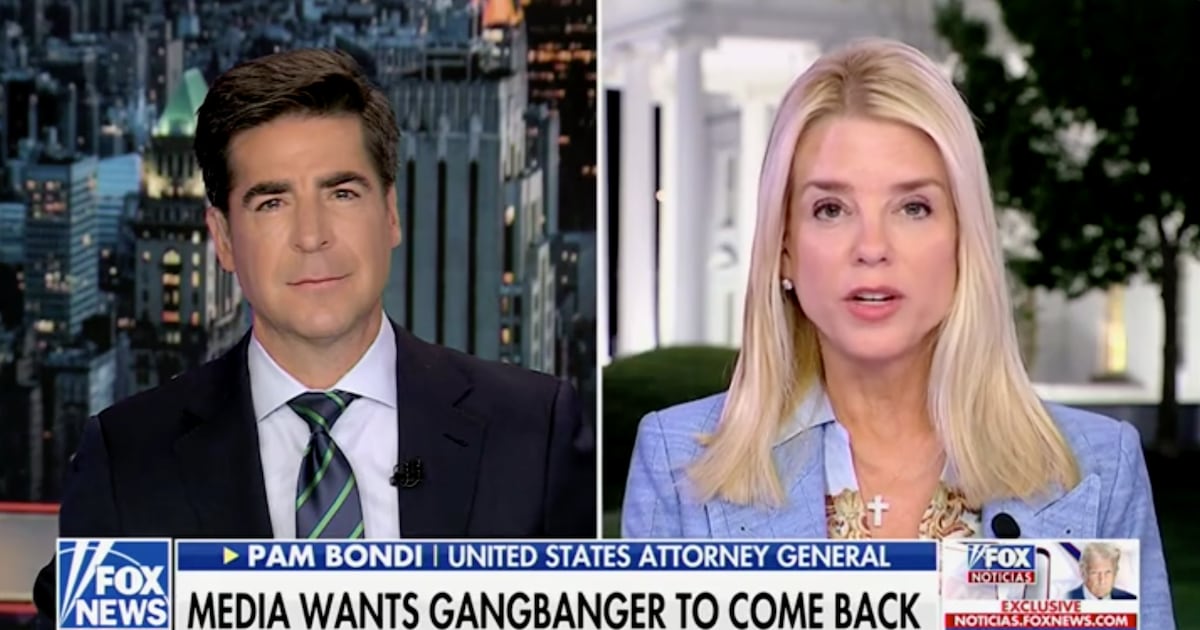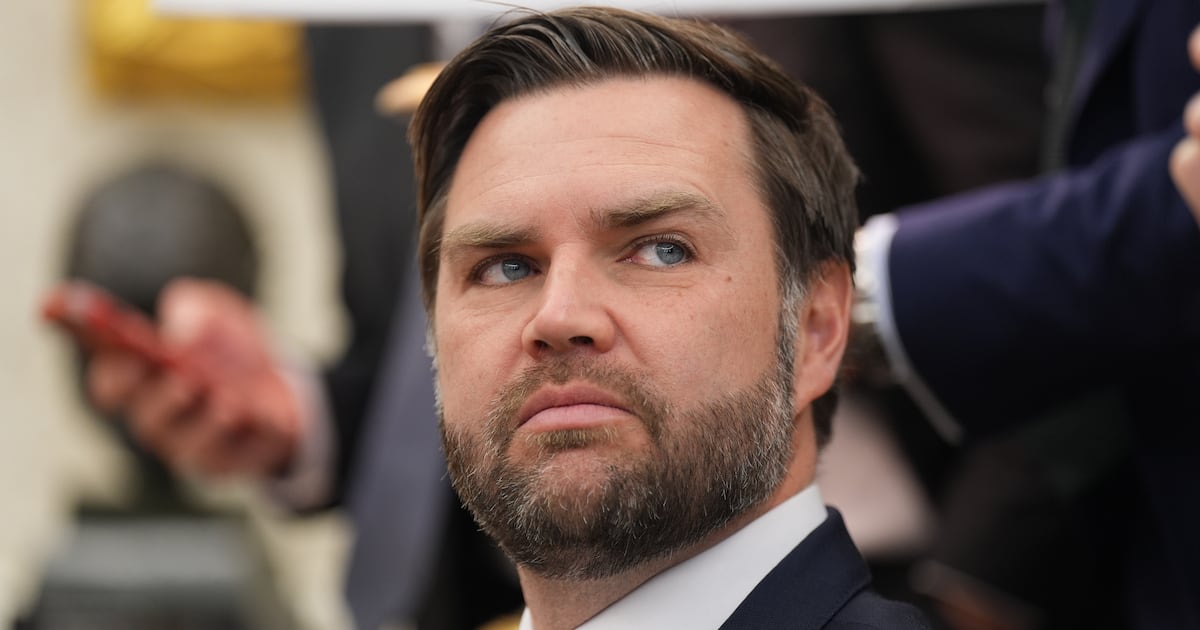The Scientology-backed nonprofit Foundation for a Drug-Free World teaches teens that marijuana triggers birth defects and heroin causes spontaneous abortion. With blatant falsities and wild exaggerations, it aims to terrify students into abstinence for life.
But while the foundation—which claims to have reached more than 50 million worldwide—may have more resources, its curriculum of fear is not unique.
Virtually all youth anti-drug programs in American operate under the zero-tolerance orthodoxy, and rely on lies to prove it. It’s a strategy that’s proven not only unrealistic, but harmful. Teaching teens to “just say no” only works until they say yes. And when they do, the abstinence-only plan leaves them no choice but to navigate the dangerous landscape of drug experimentation alone.
Foundation for a Drug-Free World, which New Yorkers learned is taking place at schools citywide, has reached out to thousands of city schoolkids, touting vague assumptions about drugs that lack even basic scientific data. On its eerie interactive webpage, creepy voices erupt immediately, some from dark objects that appear like cages.
While their connection to the church of Scientology (on IRS forms from 2009-2011, the five top positions are occupied by practicing Scientologists) presents obvious problems for the public schools viewing them, the message itself does not revolve around religion. Instead, it conforms to the zero-tolerance orthodoxy of drug policy, founded and fueled by fear.
“It’s like if drivers education consisted simply of sitting down and showing kids pictures of crashes—and nothing else,” says Jerry Otero, youth policy leader at the Drug Policy Alliance. “No one would learn how to drive.”
Megan Fialkoff, spokeswoman for the Foundation for a Drug-Free World, defended its validity in a statement to The Daily Beast. “[It’s] is a secular, nonprofit public benefit corporation that empowers youth and adults with factual information about drugs so they can make informed decisions and live drug-free,” says Fialkoff. “No one, especially a young person, likes to be lectured about what he or she can or cannot do. Thus, we provide the facts that empower youth to choose not to take drugs in the first place.”
But instead of preparing kids for the likely inevitable encounters they will have with drugs, the education programs bombard them with videos and images of lives ruined by serious abuse. In doing so, they arm the students not with knowledge, but with terror.
Formerly the supervisor of Brooklyn’s Drug Prevention Program, Otero found himself jobless when Department of Education budget cuts led to massive layoffs in 2009. Since then, he’s seen what was already a weak drug-education program nationwide dwindle.
“It’s all built on fear, misstatements, and exaggerations,” he says. Otero says the other big player in the game, Drug Abuse Resistance Education (D.A.R.E.), isn’t much better. In a major 2003 study, the Government Accountability Office concluded that the programs “have not consistently demonstrated positive results” in preventing or reducing substance abuse in teens.
Since then, D.A.R.E. has implemented a new program, but it’s unclear whether or not the change has helped. As of last year, the organization was still spreading information about marijuana that has no scientific backing, claiming that the drug “poses a major proven risk of addiction or lung cancer, causes brain damage, a-motivational syndrome, suppression of the immune system, and the potential for premature death.”
According to data from the U.S. Department of Education and the Center for Safe and Responsive Schools, 88 percent of schools practice a zero-tolerance policy for drugs. In a comprehensive report on the subject in 2007, Brenda Davis, a former president of the PTA in California, spoke out about the practice.
“Suspension or expulsion of students who use alcohol and drugs, without behavioral intervention, mentoring, or rehabilitative referral, is ineffective and unsuccessful in curtailing substance abuse,” said Davis. “Parents and teachers can’t afford to ignore the realities of what their teens are doing.”
No matter the organization, Otero says refusing to educate kids about both the benefits and harms drugs pose cuts off what needs to be an honest and open dialogue. “It’s reckless. It relies on scare tactics but doesn’t do anything to teach kids how to navigate through a world where they are going to have to make decisions about drugs.”
Beyond the organizations themselves, he worries that the programs put teachers and parents in an uncomfortable place. “This paradigm leaves adults in the unenviable position of having nothing to say to these kids,” he says. “Because they’ve already done the deed, they’ve called the bluff.”
After spending years in a leadership role with kids, Otero says these organizations need to give them the benefit of the doubt. “They are amazingly bright, kids. They are able to make decisions based on their own experience,” he says. “Drug prevention and education needs to respect their intelligence.”
Mason Tvert, director of communications for the Marijuana Policy Project, has seen this sort of thing too many times, and says the harm it does is immeasurable. “Drug education should be guided by science, not religion. Rather than being honest and realistic, this program appears to rely on fear and misinformation,” he says. “It’s a combination of loosely interpreted facts, scary scenes, and implausible conclusions tied together with edgy graphics. It’s science fiction.”





